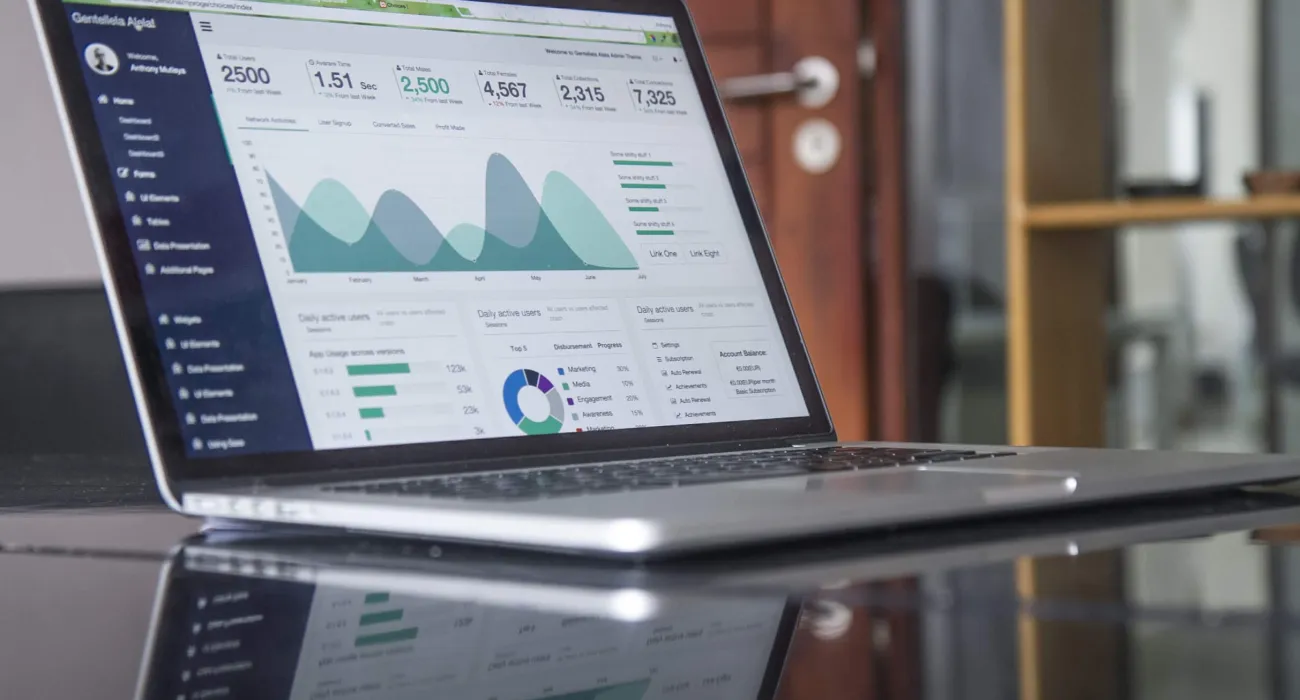Accuracy
and completeness of information are important for making informed decisions and
increasing business success. Data reconciliation is a practice that involves
comparing data from multiple sources to identify and resolve discrepancies.
Data
reconciliation finds its use in diverse areas including accounting and
financial reporting, production processes, IT, and energy management programs. In this article, let's explore data
reconciliation and its importance.
How Does Data Reconciliation Work?
Data
reconciliation includes comparing two or more datasets with a reference or
accepted value. The process begins by identifying and understanding the changes
between the datasets. To explain these disparities, external sources, such as
recommendations or industry standards, may be consulted.
Once
the differences are identified, the datasets are either corrected or merged
into a single source to address the discrepancies. The final step involves
validation to ensure the completeness and accuracy of the reconciled data.
Why Is Data Reconciliation Vital?
Data
migration procedures can be prone to errors, leading to inaccuracies and data corruption.Run-time errors, network outages, and
broken transactions are some of the culprits behind data discrepancies. The
consequences of such mistakes can be far-reaching, causing missing or
inaccurate data, redundant records, and broken connections between systems. As
a result, data reconciliation helps businesses by:
●
Ensuring data accuracy: Data reconciliation enables organizations to
derive precise and trustworthy information about the state of their industrial
processes from raw measurement data. It ensures that data is consistent and
accurately reflects the actual process operations.
●
Single source of information: By reconciling data from multiple sources, a
single, consistent dataset is created, providing a reliable and unified view of
the information. This eliminates confusion and prevents erroneous insights.
●
Improved decision-making: Data reconciliation contributes to better
decision-making by offering a clear and accurate picture of the data. This is
particularly crucial for organizations integrating enterprise-control systems.
●
Improved customer service: Accurate data leads to improved customer
service. Plus, when businesses have the right data, they can make well-informed
decisions that directly impact customer satisfaction.
Data Reconciliation Types
Data
reconciliation is categorized into two types:
●
System-level data reconciliation: This involves comparing data between two
systems to find differences in records or values.
●
Transaction-level data reconciliation: This involves transactions between systems
that are compared to verify completeness and accuracy.
Choosing the Right Data Reconciliation Approach
Data
reconciliation can be performed using automated technologies, manual processes,
or a combination of both. Automated methods rely on reconciliation software to compare datasets and detect discrepancies, while
manual processes involve human examination of the data. You can choose a method
based on your business size, complexity, and resource constraints of your
company datasets.
Data Conversion Techniques
The
data reconciliation process involves a number of different techniques. These
consist of computational models, trend analysis, statistical analysis, and
manual comparison. The most popular and straightforward way for data
reconciliation is manual comparison, although it can be labor and time
intensive.
Statistical analysis can also be used to swiftly examine enormous
datasets and uses mathematical methods to find discrepancies. Analyzing trends
searches for data patterns that could point to inaccuracies or omissions.
Another technique is computational models which generate a collection of
computations that can be utilized to spot disparities using mathematical
formulas.
Endnote
Data
reconciliation is an important process that guarantees data accuracy, and
reliability. By identifying and resolving discrepancies, businesses can make
informed decisions, enhance customer service, and drive success across various
industries. Whether through manual comparisons, statistical analysis, or
computational models, data reconciliation helps organizations harness the full
potential of their data and stay ahead in the ever-evolving landscape of
data-driven business.
